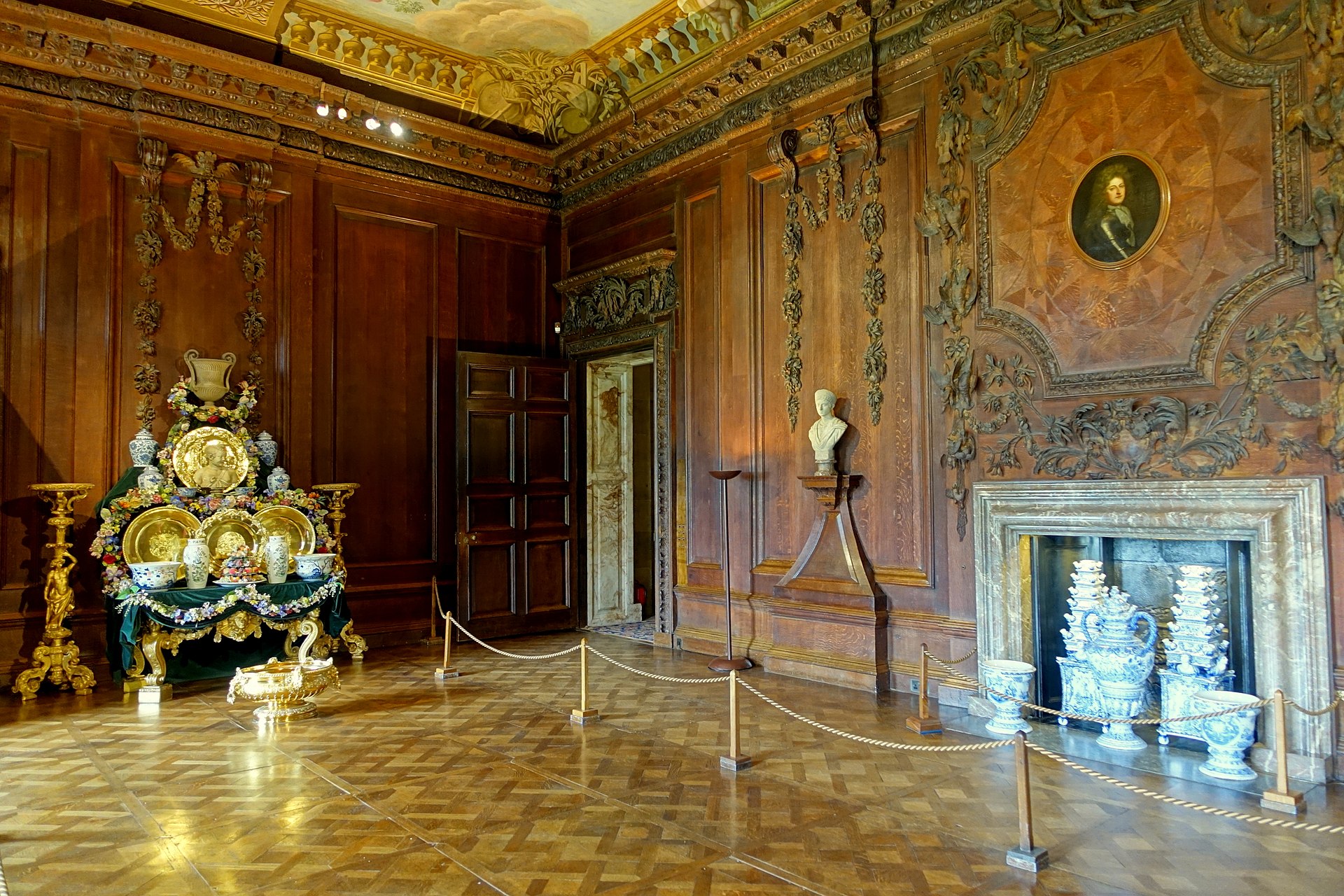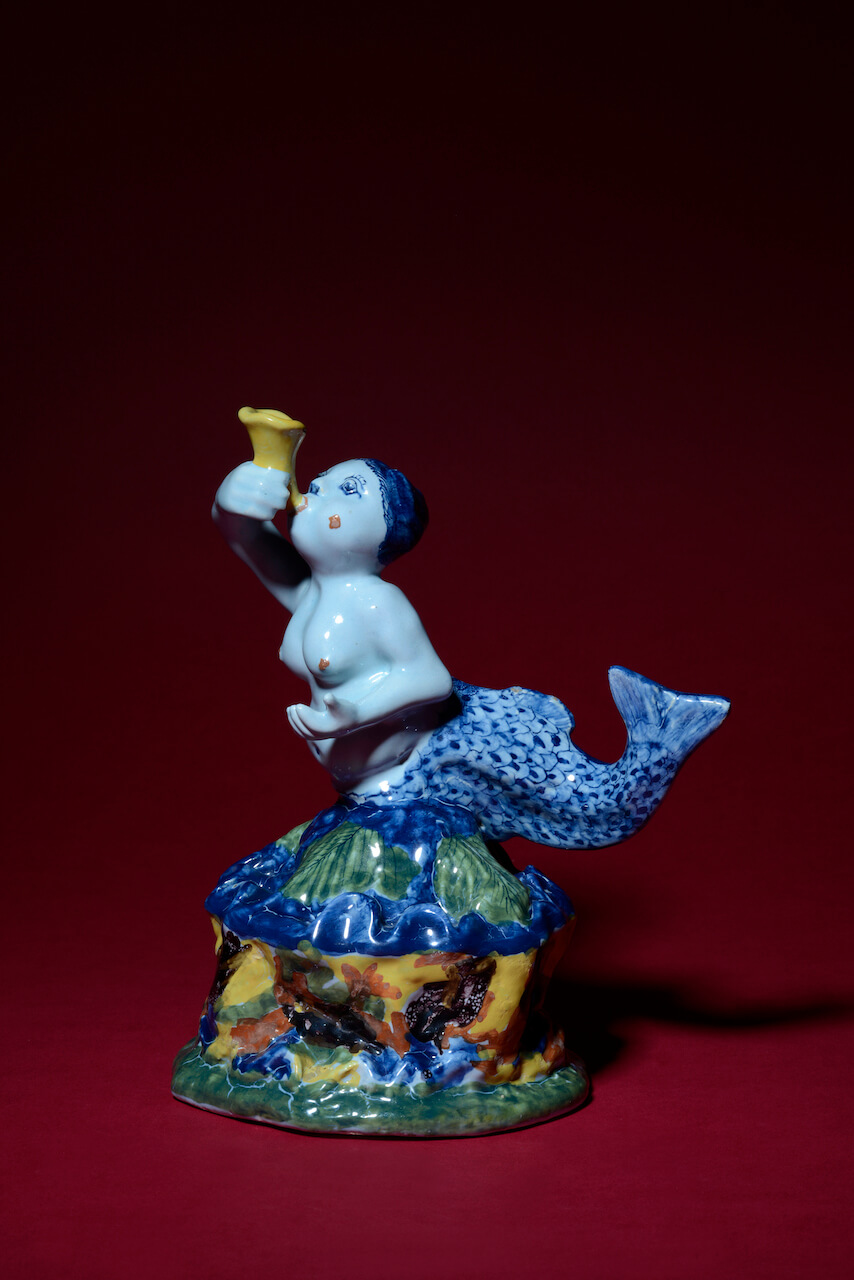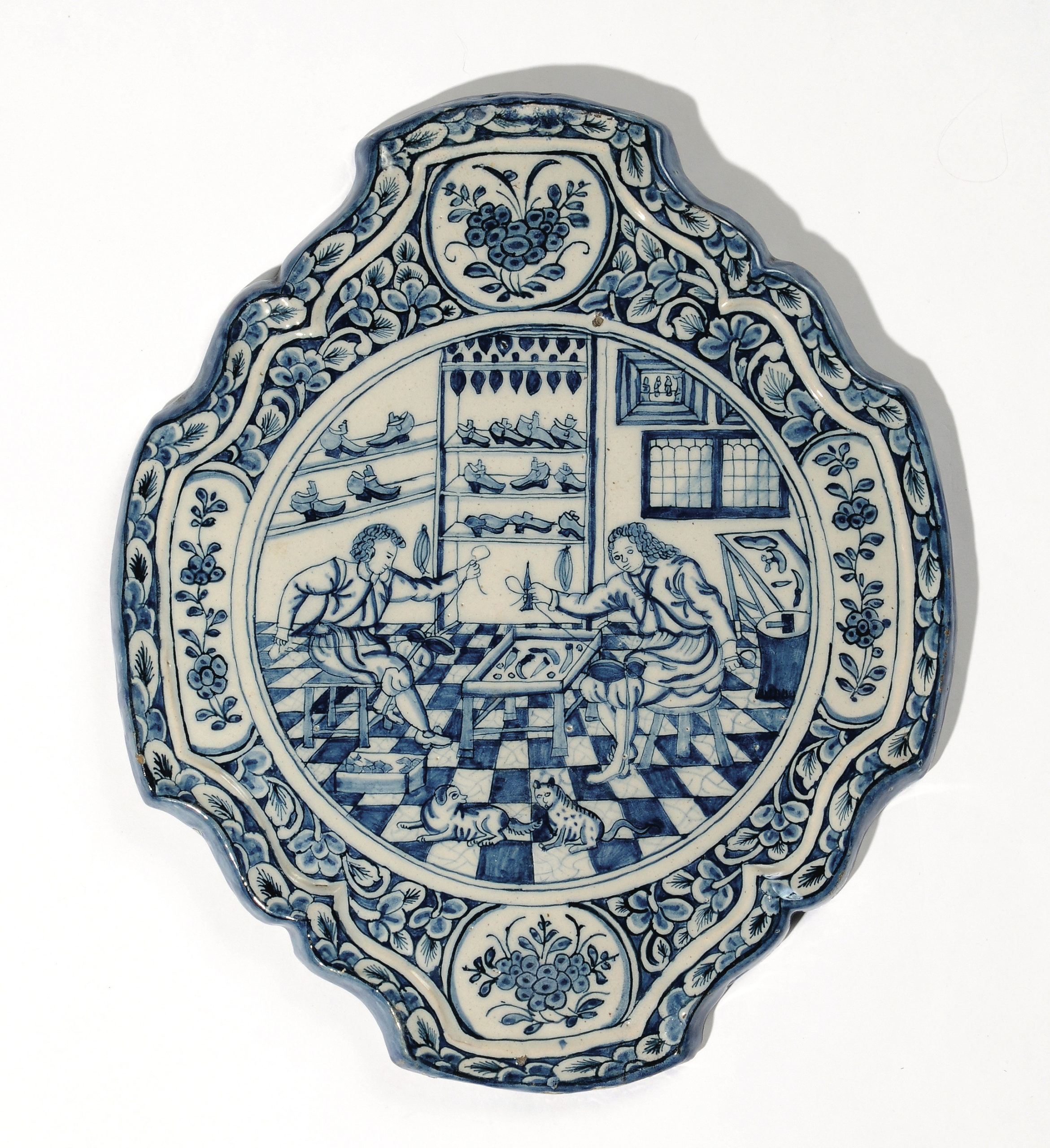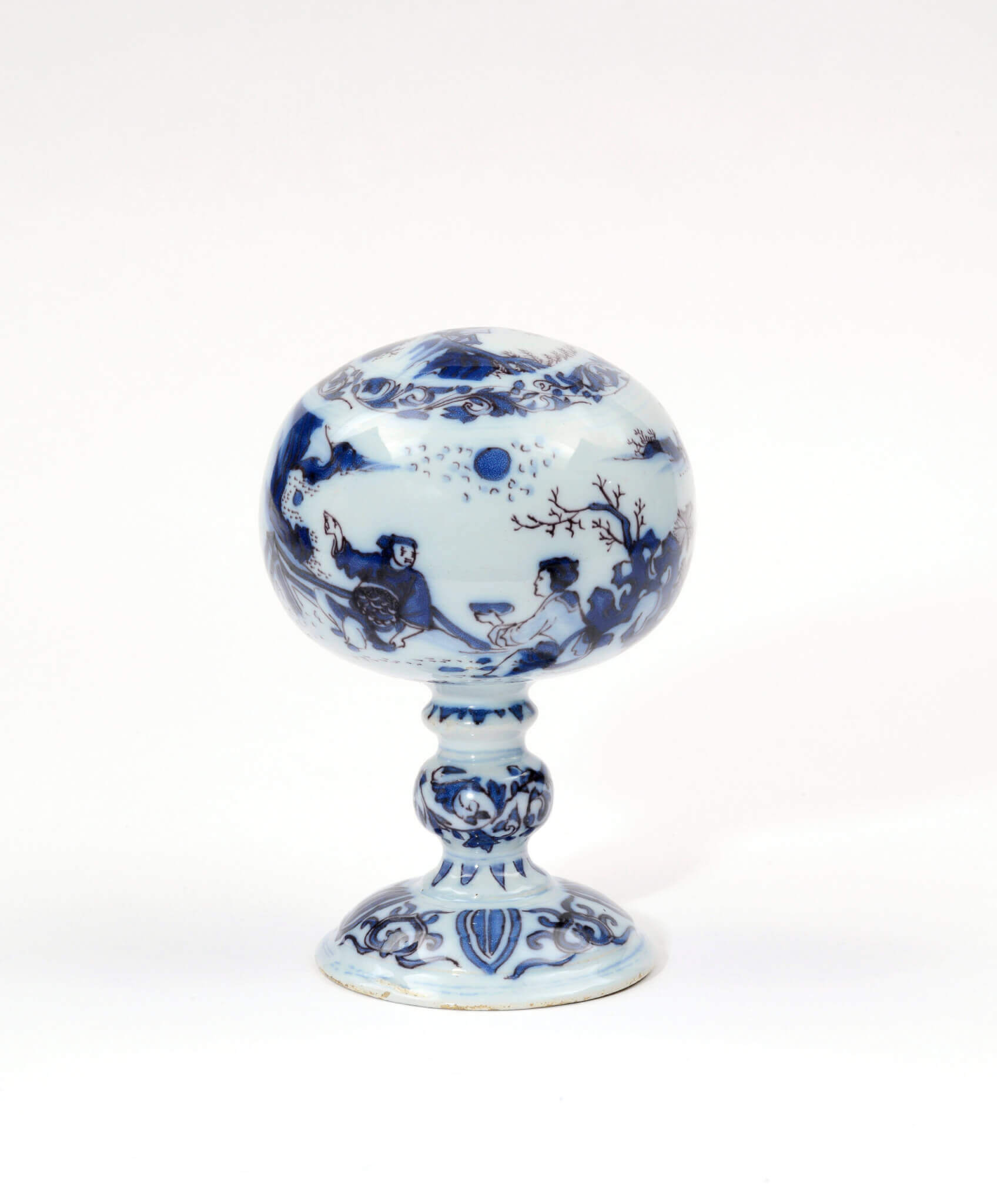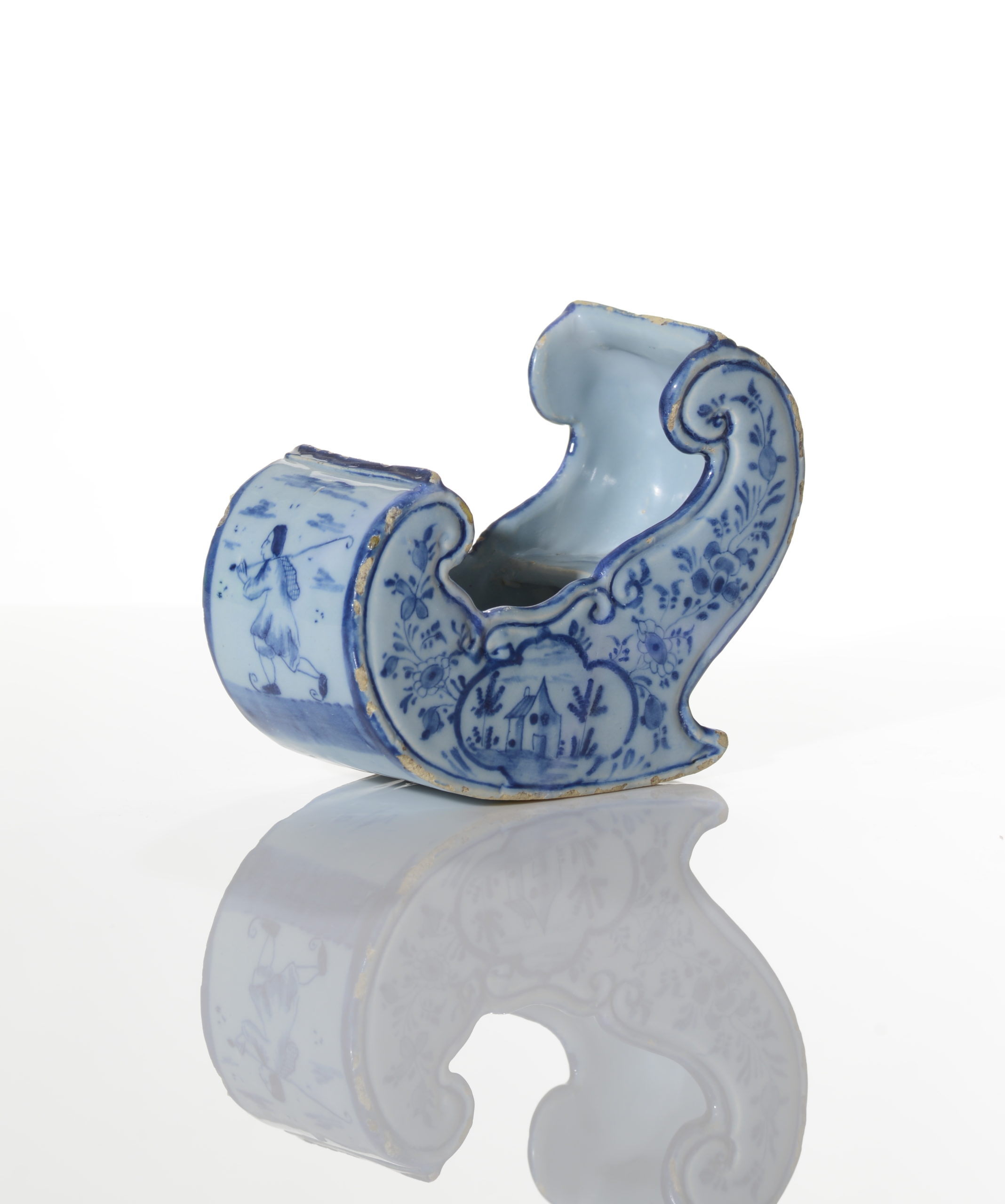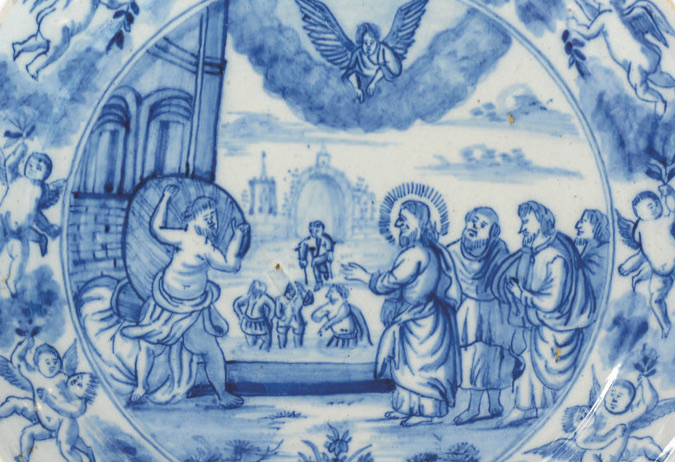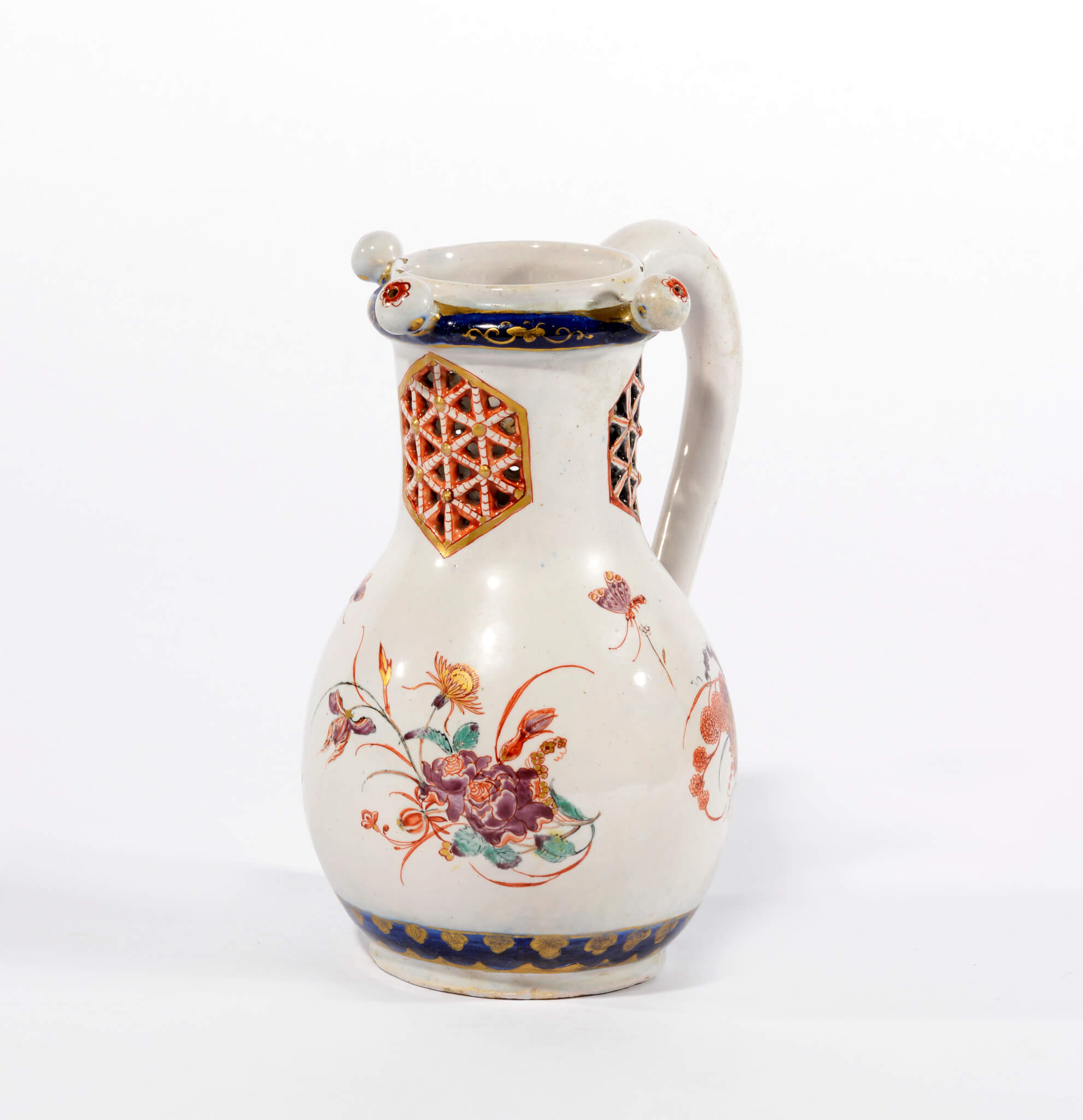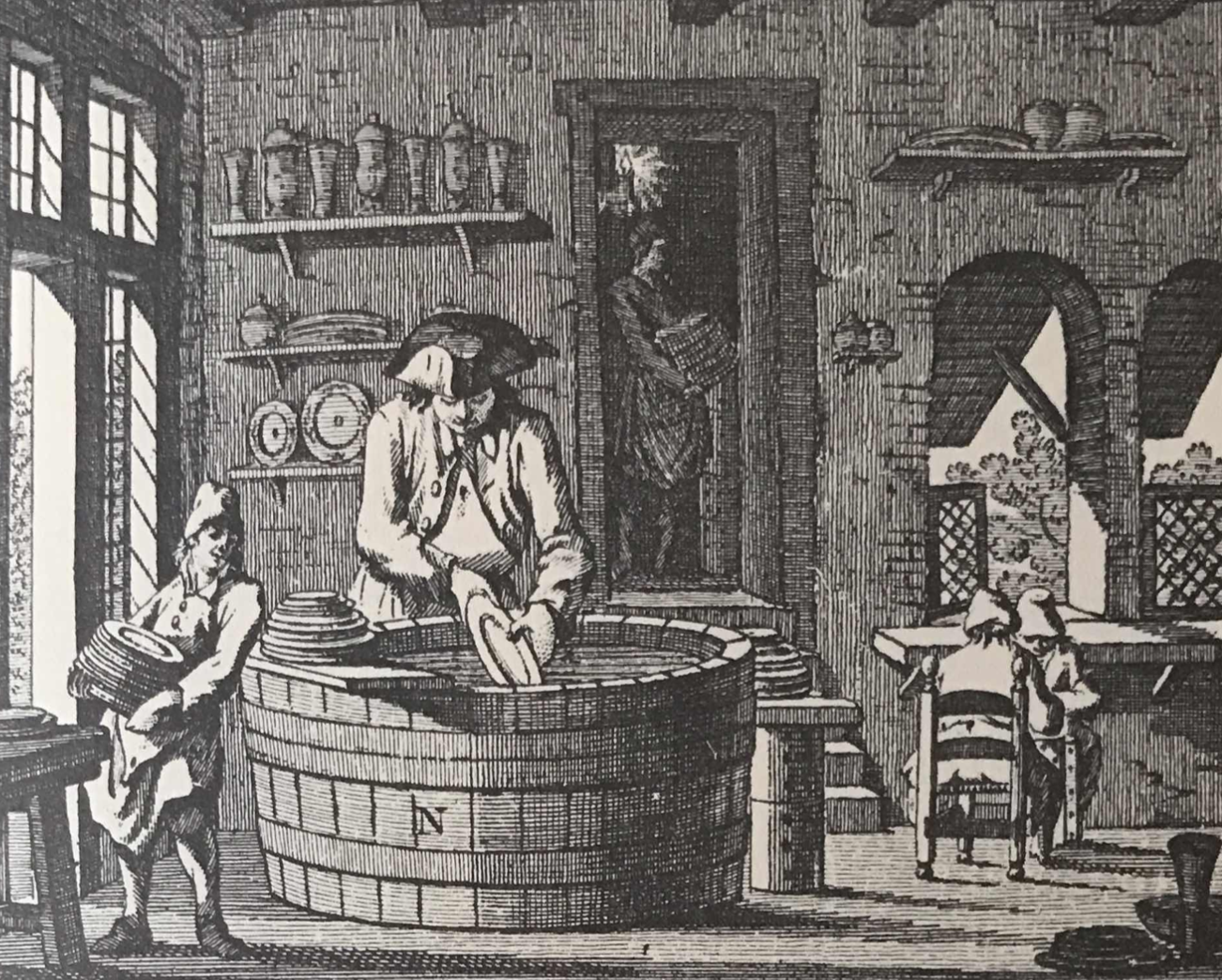William Cavendish’s Delftware Collection
The popularity of Delft earthenware in England reached a peak in the last decades of the seventeenth century under the influence of Queen Mary II of England and her Dutch husband King-Stadtholder William III.1 In 1700, there were three hundred noble families in England, each with their own newly obtained coats of arms. Many of…

